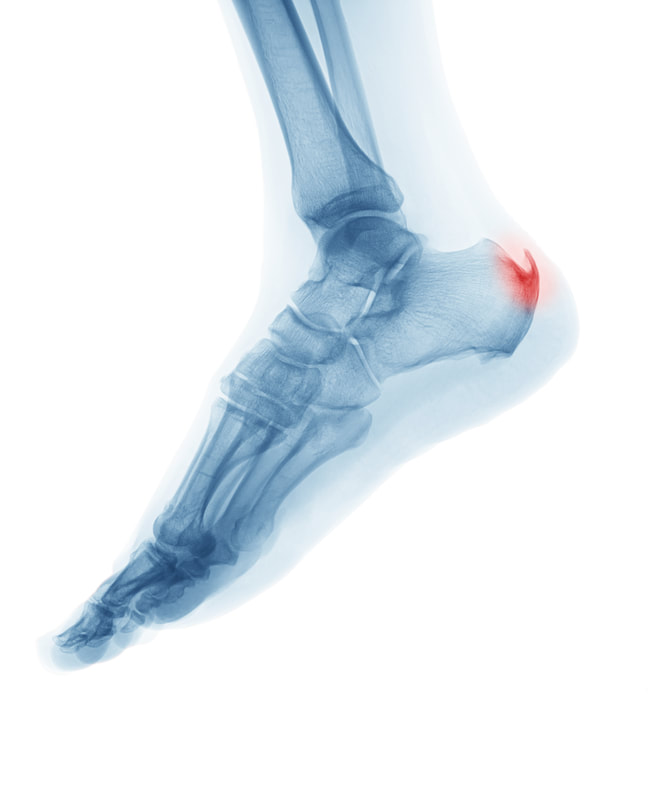| It is never fun watching your child limp off the sporting field or not be able to participate. Severs Disease or Calcaneal Apophysitis is one of most frequent causes of heel pain in active children. The condition occurs most commonly in children between the ages of 8 and 14 years but it can occur in younger children. Both boys and girls are equally vulnerable to this condition. Sports requiring lots of running, jumping, and other high impact activities are particularly associated with Severs. Severs Disease is a non-inflammatory chronic (repetitive injury) to the actively remodelling trabecular metaphyseal bone (fancy word for growth plate!) of the calcaneus (heel bone). Severs is characterised by activity-related pain that occurs on the back of the heel, where the Achilles Tendon attaches on the heel bone. The child may have swelling in the area, and tenderness to the touch, and a reluctance to participate in sport due to pain. There may be tightness of the calf-muscle complex and on examination reduced ankle joint dorsiflexion (upward movement of the ankle joint). Radiographic examination (x-rays) is not usually required, as it generally will not change management. A review of footwear and a biomechanical assessment is necessary to assess your child’s walking, and to assess their joint and muscle strength. Management involves activity modification, gentle stretching of posterior leg muscles and commonly a heel raise inserted into shoes, and orthotics if required. Any biomechanical issues should be addressed along with strengthening of the foot and lower leg. Our podiatrists at Active Podiatry have experience in treating heel pain in children, and are available for consultation. |
|
0 Comments
Your comment will be posted after it is approved.
Leave a Reply. |
Welcome to the Active Podiatry Blog Page.
|



 RSS Feed
RSS Feed